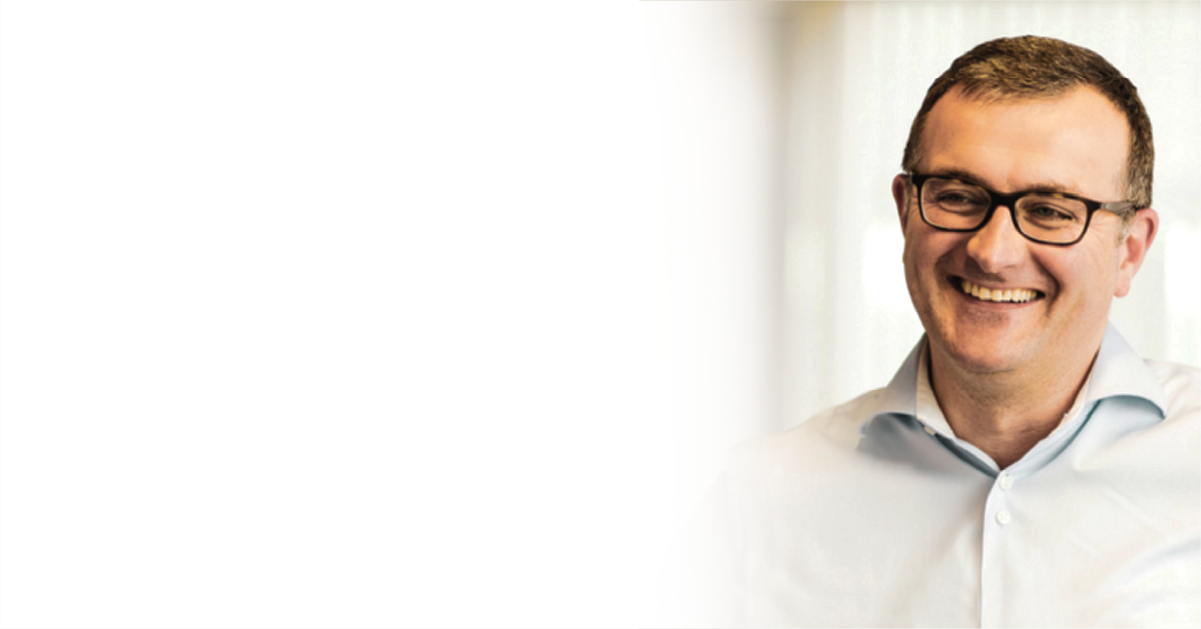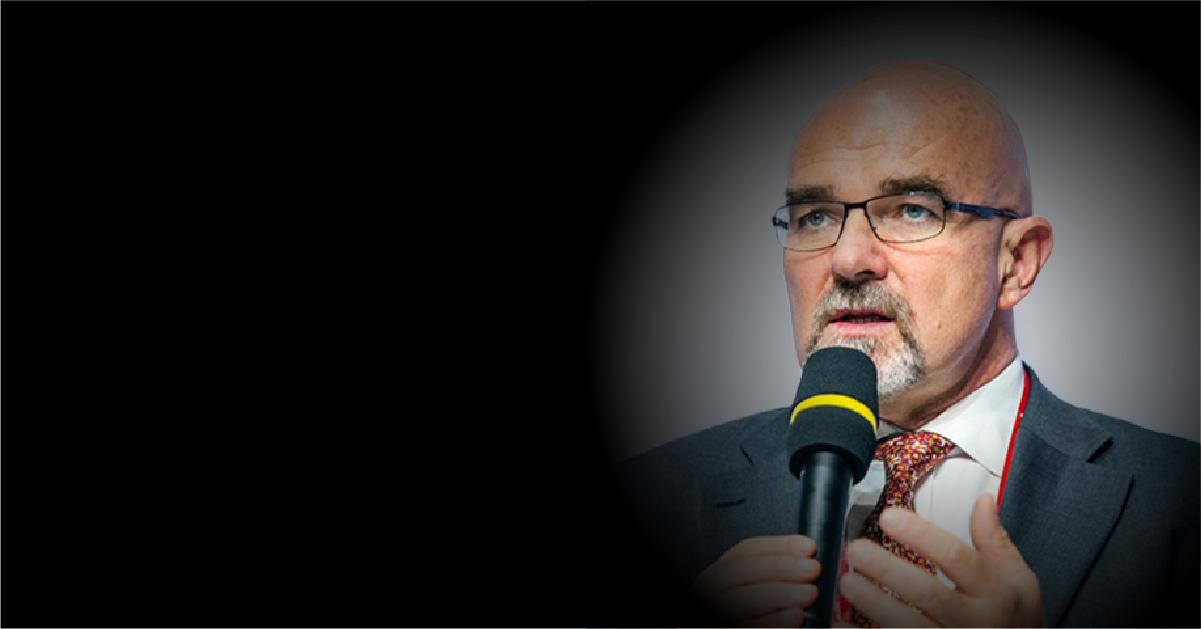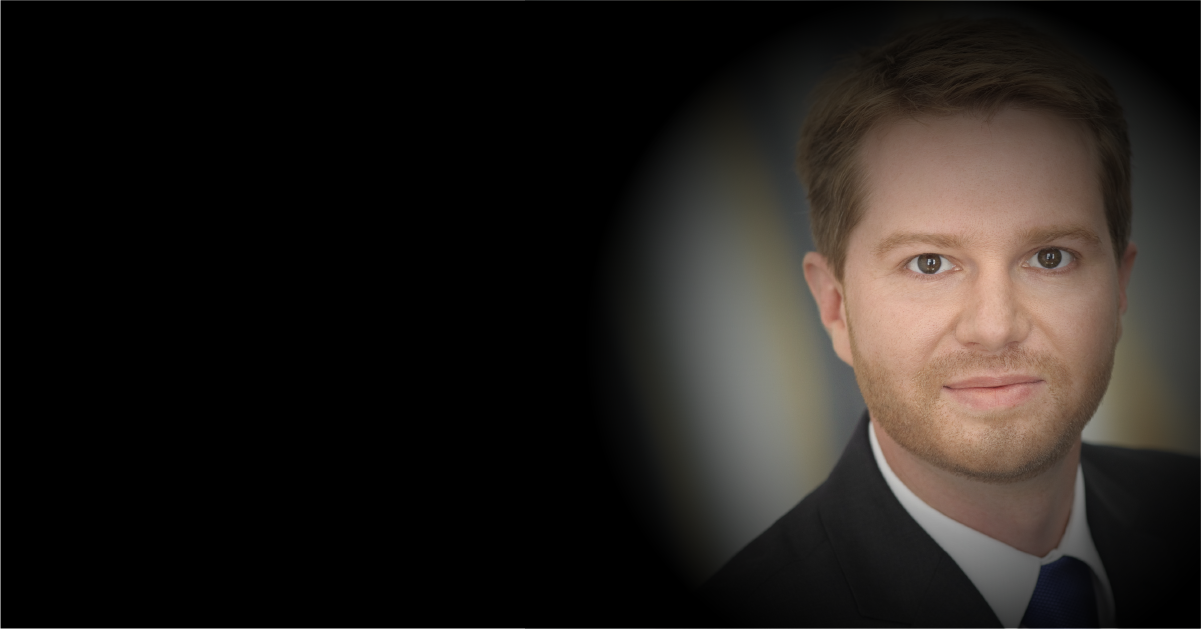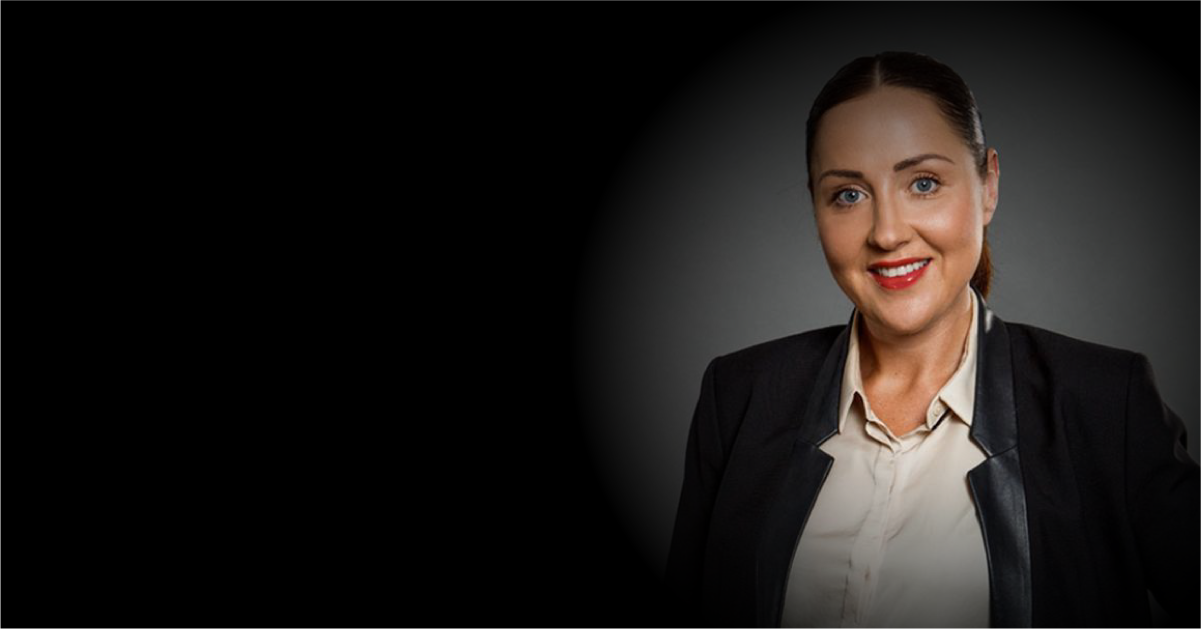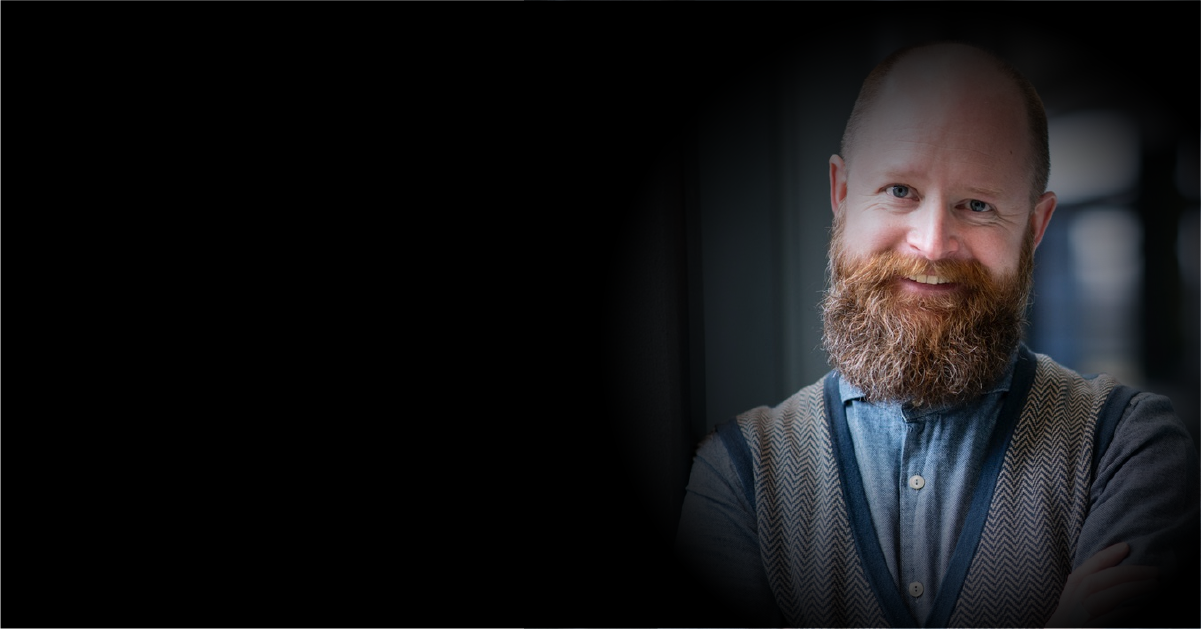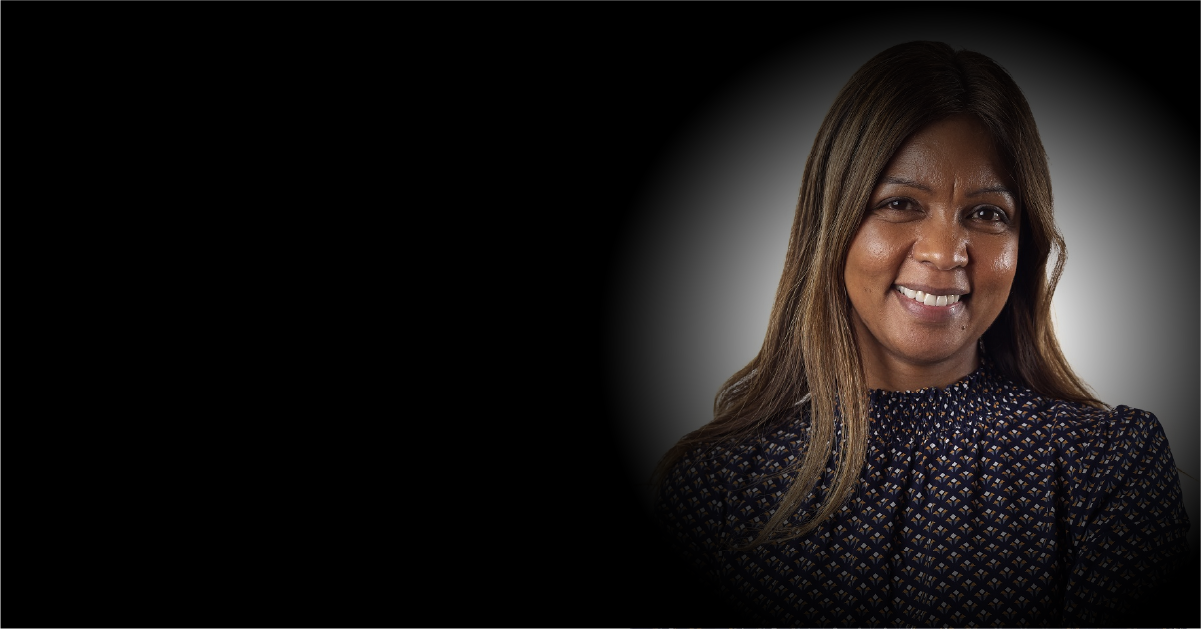Remote workers are predicted to make up 32% of the global workforce by 2024 as hybrid workplaces continue to rise. In the session, The Future of Work: How to Master the Vision and Execution of a Hybrid Workforce, we spoke with multi-hyphenate thought leader Ira S. Wolfe, to uncover his insights on hybrid work, the best practices to attract and retain talent, the skills needed to excel in a hybrid workplace, and more.
The Never Normal Environment
Terms such as the new normal, the next normal, and future normal were used to describe the post-pandemic workplace. Wolfe says those terms imply returning to the status quo, to how things were prior to March 2020. He speaks about the never normal concept instead, which was introduced by his colleague and friend, Greg Verdino.
“In the U.S., he started talking about this never normal. It resonated with everybody living in the summer of 2022. Expectations that life would go back to being peaceful and predictable were not going to happen.” He adds that the perception of normal is false because what is deemed normal differs from individual to individual. “Our perception of normal is a self-perception. It’s an addiction to the status quo. We just don’t want to change.”
Wolfe himself has been working remotely since 2004 and his office followed suit three years later.
“I moved away from my office so I couldn’t stop by on a regular basis. My full-time assistant and office manager moved to another state, and I haven’t seen her in almost 13 years. The world caught up to us and I was excited about that.”
However, the feasibility of hybrid work is dictated by industry and geography. According to Wolfe, around 30% of the U.S. population didn’t change the way they worked. 100 million people were still going to work normally, especially those working in healthcare, manufacturing, and transportation.
“When we talk about hybrid work, we’re talking about a segment of the population and not its entirety.”
The Hybrid Workplace is a Giant Experiment
The 2022 Everywhere Workplace Report by Ivanti found that 87% of employees do not want to return to the office full-time, with 42% preferring a hybrid work model and 30% favoring working from home. “There are millions of variations in between remote work and going back to the office. Hybrid is all the variations we’re still working out,” Wolfe says.
He cites Dropbox as a company that has succeeded in evolving where and how it worked. In late 2020, Dropbox allowed all employees to work remotely permanently, as 90% of them said they were more productive working from home. Dropbox rebranded itself as a virtual-first company with remote work as the default for all employees. The company also converted existing offices into Dropbox Studios, flexible co-working spaces that employees can utilize for team building and collaboration.
When it comes to hybrid work, Wolfe says it’s a giant experiment with different ingredients and perspectives. “Everybody’s going to make mistakes because the concept of hybrid is relatively new and will change once technologies evolve. What we think is a great model today may not work as well tomorrow.”
Does hybrid work make us better?
Yes and no. Wolfe says not having to commute to work allows for more family time, and “that’s certainly made us better.” On the other hand, Wolfe adds there are also remote workers who work around the clock and are never disconnected from their jobs.
Will Blue-Collar Jobs Ever Become Remote?
Going remote or hybrid is easy for individuals who do professional, creative, managerial, and administrative work. Although it may be hard to believe, remote blue-collar jobs are not completely impossible, especially with developments in autonomous technology, robotics, and 5G. However, it may be many years until the technologies are scalable and accessible enough to turn all blue-collar jobs remote. Wolfe adds, “Until we have a ton of autonomous vehicles, I don’t know how we can transport all the goods and services that we’re buying and manufacturing.”
He adds that the blue-collar jobs in construction and trade will be more prepared if a pandemic like COVID-19 occurs in the next 10 to 20 years. “With the new technologies that are available, it’s certainly going to impact many occupations in those industries positively. But it’s not going to happen overnight. There’s still going to be a skill shortage because people are needed to maintain the technology. White-collar jobs will continue to evolve as more people will go hybrid or remote. For blue-collar jobs, it’s going to be a much slower curve.”
When Does the Hybrid Workplace Fail?
“The objection CEOs always bring up is that employees working remotely are not productive.”
Wolfe also refers to Elon Musk’s return-to-office announcement where employees have to be at the office 40 hours a week or consider themselves resigned. What are some of the other challenges or concerns leaders face when trying to implement the hybrid work model?
Measuring employee performance
“People don’t quit companies, they quit managers,” Wolfe says. One of the challenges managers have is measuring employee performance remotely. Studies show that 78% of employers are using monitoring software despite strong resistance from employees due to ethical and privacy concerns. Wolfe says employee performance should not be measured by attendance alone but by the utilization of technology as well. When it comes to productivity, the responsibility does not wholly fall on the employee. “Some of that productivity may be linked to a leader’s ability to manage a remote or hybrid workplace,” he adds.
Managing employee stress levels
According to Gallup’s State of the Global Workplace 2022 Report, stress levels of employees worldwide have reached an all-time high. Whether they are working remotely or at the office, stress is present. “People who spent the last two years working remotely reported a 35% increase in stress levels. After people started returning to the office, their stress levels increased by anywhere between a third and a half. There’s a 50% increase in stress levels for those who never left the workplace,” Wolfe says.
Therefore, it is imperative that leaders prioritize employee well-being no matter where they are located. This is because overall well-being influences life at work and vice versa. In addition, Gallup found that 49% of workers who are stressed are not thriving or engaged at work. “If your stress levels are increasing, you’re not going to be productive,” Wolfe emphasizes.
Lack of technology and communication
Sometimes, creating a hybrid workplace fails due to a lack of skilled employees, demand, and technology. The hybrid and remote work models are not universal. Wolfe advises leaders to ask themselves two important questions: What jobs can be remote? and What jobs should be remote?
Involving employees in the hybrid work transition and listening to their needs is also imperative. “By having that conversation with the employees and not just having a dictum that comes down from the top that says no, maybe a win-win solution for hybrid work can be found,” Wolfe adds.
Skills to Maximize Hybrid Work on an Individual and Organizational Level
Wolfe relies on a model called ACE – abilities, character, and environment. In addition, Wolfe also cites an important finding from McKinsey – adaptability is the top distinct element of talent (DELTA) that is linked to a higher chance of employment.
He also identified five key skills to succeed in a hybrid workplace:
- Growth mindset – the willingness to make mistakes and learn from them
- Grit – the strength to move forward and bounce back
- Resilience – having the right tools in place to tackle unprecedented challenges
- Unlearning – to be comfortable unlearning old ways and to be more agile
- Mental flexibility – the ability to sift through the misinformation in a VUCA world
What is a Conducive Environment for Hybrid Work?
To create an agile environment for hybrid work, Wolfe says that company support, team support, and colleague support are essential. “Company support is the simple answer. Do the employees feel that the company is doing enough?”
Without a supportive environment, employees are less likely to express their challenges and emotions or raise important concerns regarding their work. “You can hire the right people but if you don’t have an agile environment that allows them to make mistakes and challenge your norms, it’s going to be a problem,” Wolfe adds.
According to Gallup’s State of the Global Workplace 2022 Report, the U.S. and Canada ranked the best in terms of employee engagement, job opportunities, and employee well-being. On the other hand, only 11% of employees in Asia are thriving in the workplace and have the lowest well-being in the world. Wolfe says there is a lot of work to be done, and if the U.S. and Canada are benchmarks for workplace environment, “employers are in trouble.”
“Employees, companies, schools, and parents need to take responsibility for becoming more adaptable. We have to create an environment that allows change to happen.”
Can Hybrid Work Reverse Zero Employment?
There is an abundance of positions in the tech and IT industries and not enough people to fill them. Jobs such as database administrator, software developer, information analyst, and security analyst are high in demand.
In addition, the cybersecurity sector has reached zero unemployment and is on its way to negative employment. “There are currently 600,000 open-source cybersecurity jobs, that number is estimated to be 3.5 million by 2025,” Wolfe says. A labor shortage is inevitable and is going to continue because “people who have the desired talents, skills, attitudes, and mindsets are going to have choices.”
Wolfe stresses, “This is where remote and hybrid fits in. There’s talent but they may not be in your region, state, or country.” With a remote or hybrid work model, companies can hire potential employees regardless of their location.
How to Attract and Retain Talent in a Hybrid Workplace
According to Wolfe, many employees leave for better career opportunities, work-life balance, compensation, and benefits. Leaders should not take resignations personally, but help former employees find opportunities elsewhere. “It doesn’t mean they’re disloyal. They may not be on your payroll anymore, but they have an opportunity to learn new skills or recommend other talents. And there’s a chance of them returning to the company in the future,” Wolfe adds.
Other than that, leaders should focus on retaining existing employees by improving work-life balance, recognizing their work, and treating them with respect and dignity. Wolfe emphasizes the need for strong employee-manager relationships.
“People are leaving the workforce for compensation, fairness, and opportunity. But they stay because of respect, dignity, and recognition from managers.”



